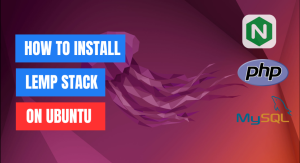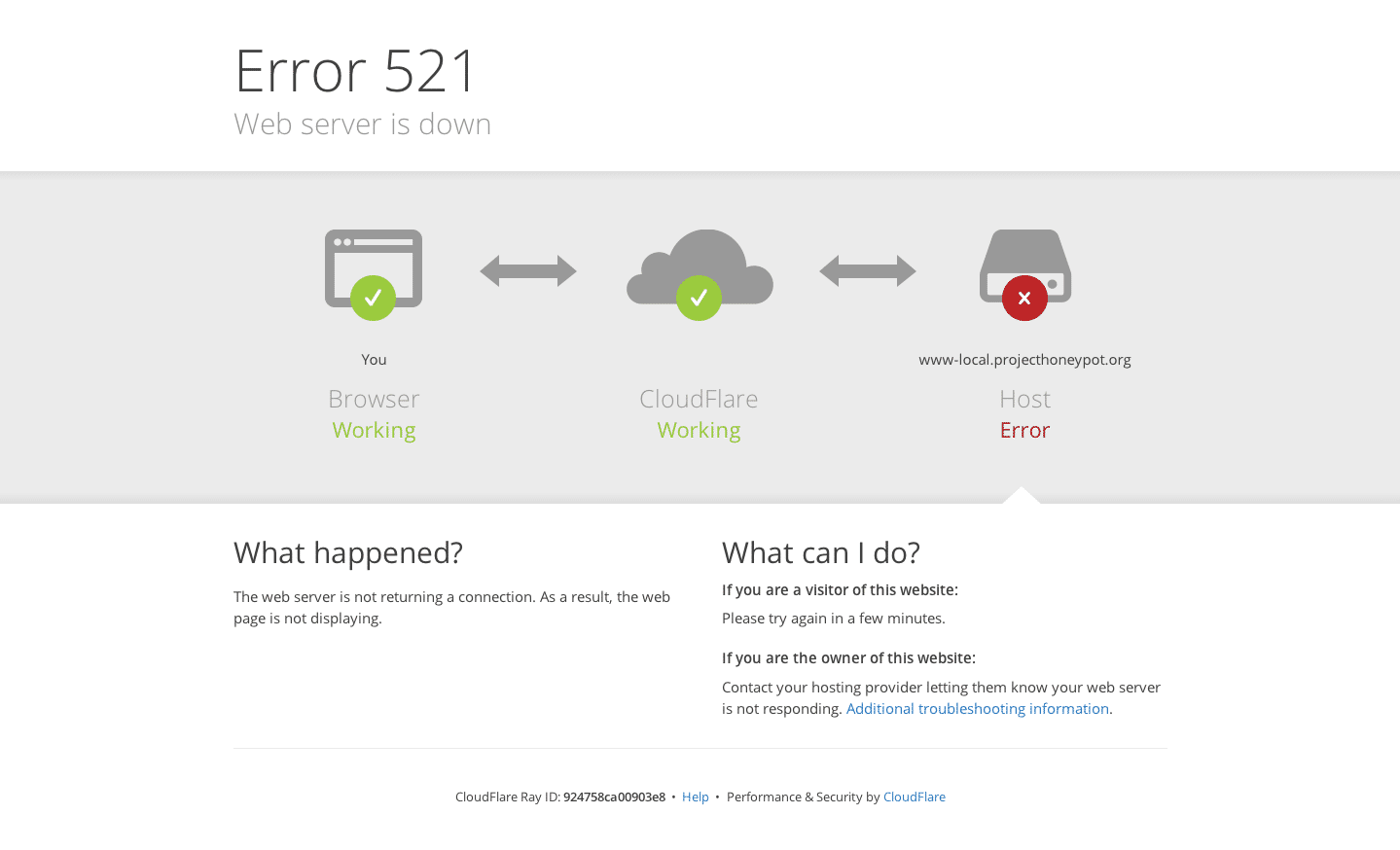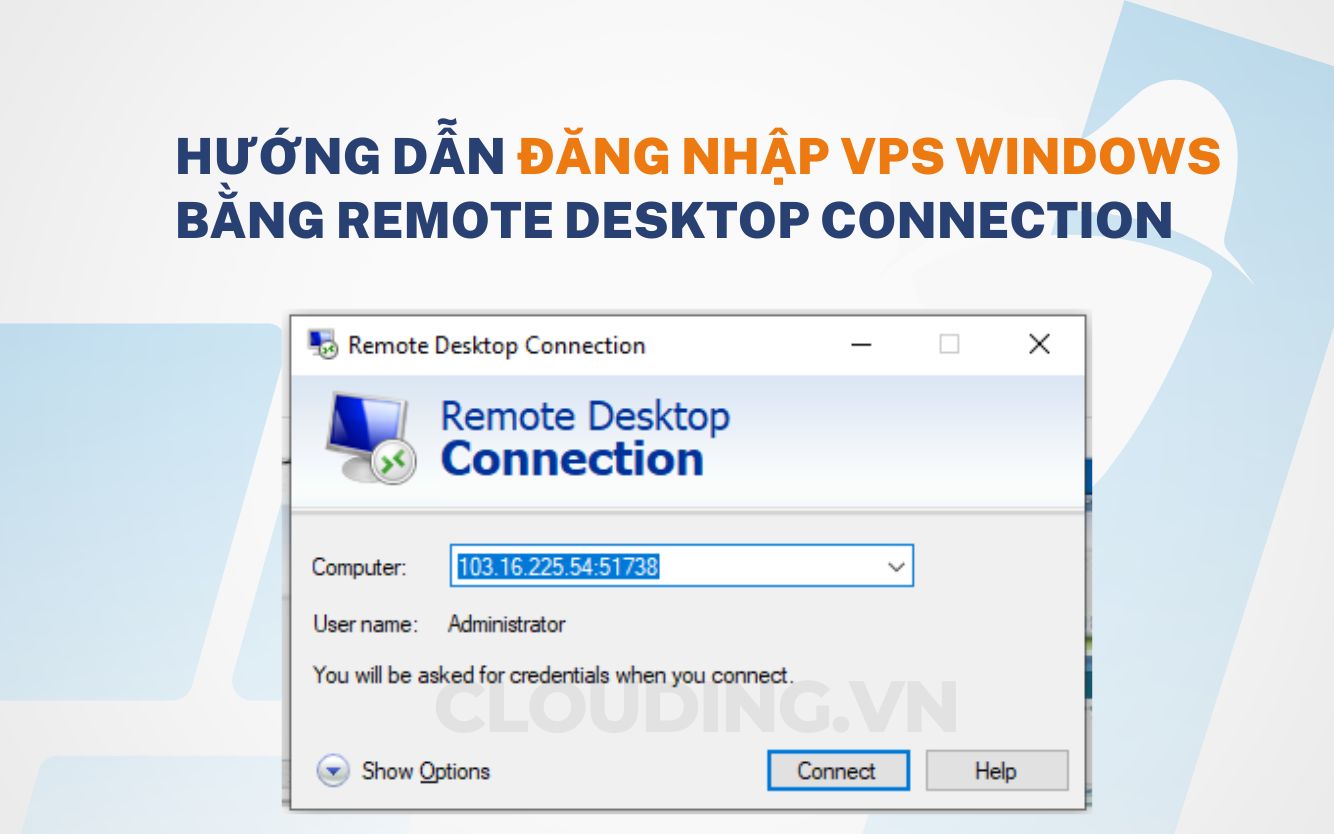🧰Introduction to LEMP Stack
LEMP stands for:
Linux: The base operating system.
Nginx: A high-performance web server.
MariaDB: A database management system (replacement for MySQL).
PHP: A server-side scripting language.
Steps to install LEMP Stack
Step 1: Log in to the server via SSH
Use SSH to access your server or VPS as root:
bash
ssh root@your_server_ip
Step 2: Update the system
Before installation, update the system to ensure all packages are up to date:
bash
apt update && apt upgrade –y
Step 3: Install Nginx
Install the Nginx web server:
bash
apt install nginx –y
Start and check the status of Nginx:
bash
systemctl start nginx
systemctl enable nginx
systemctl status nginx
To check if Nginx is working, open a browser and visit http://your_server_ip. You will see the default Nginx page.
Step 4: Install MariaDB
Install the MariaDB database management system:
bash
apt install mariadb-server mariadb-client –y
Start and check the status of MariaDB:
bash
systemctl start mariadb
systemctl enable mariadb
systemctl status mariadb
Run the MariaDB security configuration:
bash
mysql_secure_installation
Follow the prompts to set the root password and apply other security options.
Step 5: Install PHP and required modules
Install PHP and necessary modules to run with Nginx:
bash
apt install php8.1 php8.1-fpm php8.1-mysql php8.1-cli php8.1-curl php8.1-mbstring php8.1-xml php8.1-zip –y
Start and check the status of PHP-FPM:
bash
systemctl start php8.1-fpm
systemctl enable php8.1-fpm
systemctl status php8.1-fpm
Step 6: Configure Nginx to handle PHP
Create or edit the Nginx config file to handle PHP files. Example:
bash
nano /etc/nginx/sites-available/default
Add or modify the following configuration:
nginx
server {
listen 80;
server_name your_domain.com;
root /var/www/wordpress;
index index.php index.html;
location / {
try_files $uri $uri/ /index.php?$args;
}
location ~ .php$ {
include snippets/fastcgi-php.conf;
fastcgi_pass unix:/run/php/php8.1-fpm.sock;
}
location ~* .(js|css|png|jpg|jpeg|gif|ico|svg)$ {
expires max;
log_not_found off;
}
location ~ /.ht {
deny all;
}
}
Save and exit the file, then test and restart Nginx:
bash
nginx –t
systemctl restart nginx
Step 7: Install phpMyAdmin (Optional)
If you prefer a graphical interface to manage the database, install phpMyAdmin:
bash
apt install phpmyadmin –y
During installation, choose Nginx as the web server and follow the setup.
After installation, create a symbolic link for phpMyAdmin to work with Nginx:
bash
ln –s /usr/share/phpmyadmin /var/www/html/phpmyadmin
Now, access phpMyAdmin at http://your_server_ip/phpmyadmin.
Verify Operation
To verify that PHP is working, create an info.php file:
bash
echo “<?php phpinfo(); ?>” > /var/www/html/info.php
Visit http://your_server_ip/info.php to see PHP configuration info.
✅ Check operation
To check if PHP is working correctly, create a info.php file:
Access http://your_server_ip/info.phphttp://your_server_ip/info.php to view PHP configuration information.










